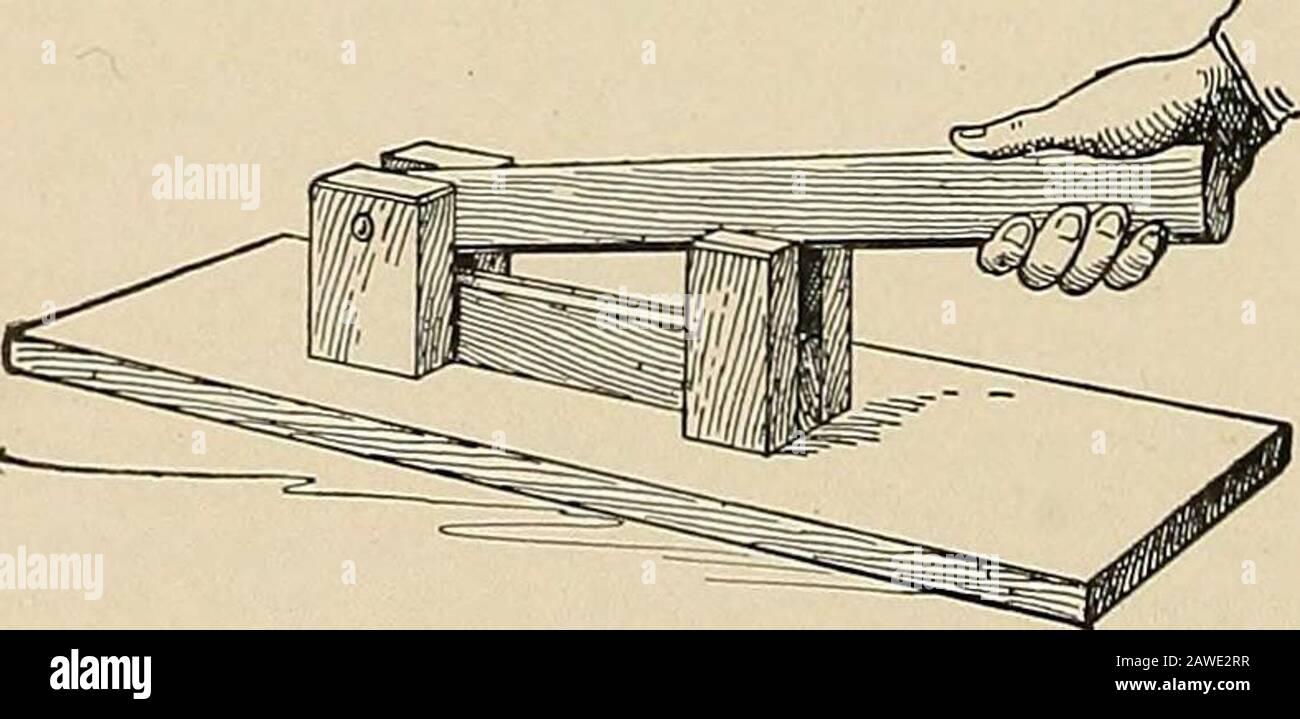

Any change in the glenohumeral-to-scapulothoracic ratio can result in altered or compromised shoulder motion. Scapulothoracic movement requires proper length-tension ratios between the scapular bone and all of the muscles around it. This means that for every two degrees of shoulder motion (flexion or abduction), the scapula moves one degree over the thoracic wall. The scapula itself slides, glides, and rotates in a 2:1 ratio with the shoulder. The scapula gives the glenohumeral joint (shoulder) a stable base from which to operate (move). Because there is movement but no actual joint, this connection is considered a pseudojoint. These layers (superficial, intermediate, and deep) form a smooth surface for the scapula to move, glide, and rotate over. The bursae are small fluid-filled sacs designed to reduce friction between muscle or tendon and bone.


Three layers of muscle and bursae (plural for bursa) support this structure. There isn't a real joint between the scapula and the trunk. It is suspended over the ribs between the spine and the arm by only two ligaments. The scapula (shoulder blade) is an amazing anatomical structure.


 0 kommentar(er)
0 kommentar(er)
